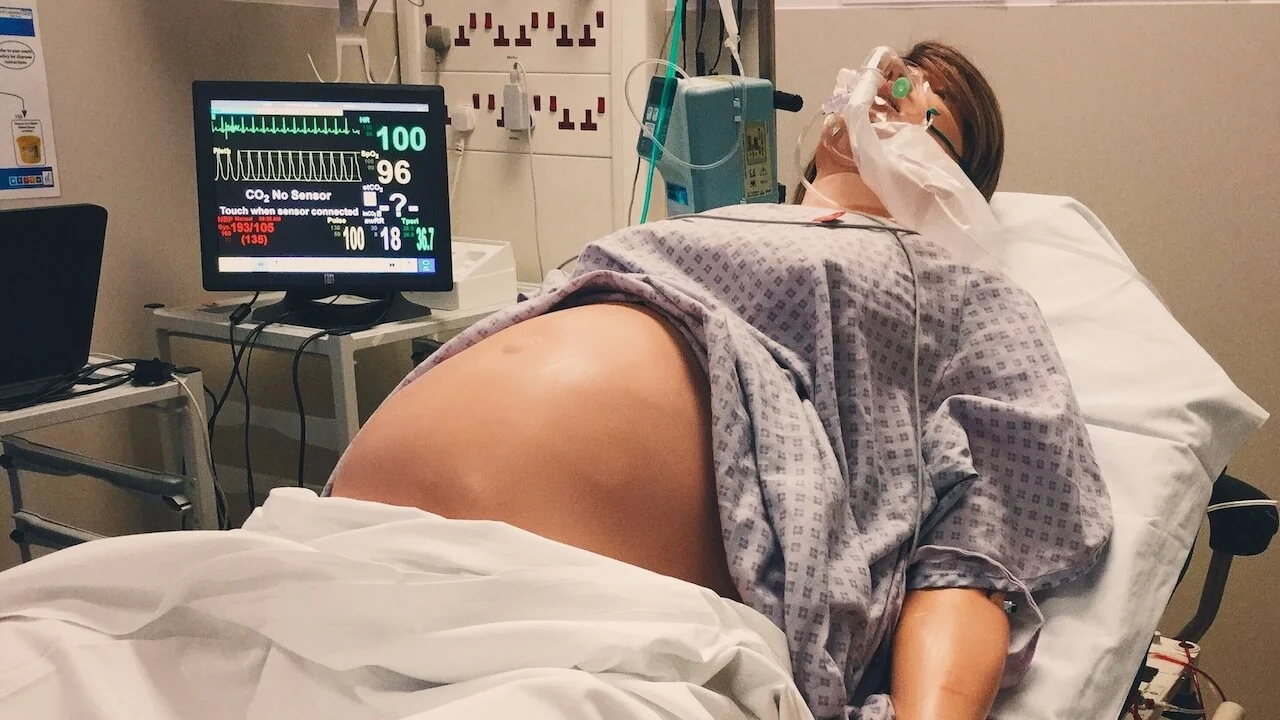Trick or Treat: Too Much Sugar (DKA Resources)
“Trick or Treat, Trick or Treat, give us something Nice to Eat...”
Diabetic Ketoacidosis
Diagnostic Criteria:
- Blood glucose >11
- Ketones > 3 (or 2+ on urine)
- pH <7.3 or bicarb <15
Your hospital will have its own guideline for the management of DKA, however it is worth reading the The Joint British Diabetes Societies Guidelines. The section on "Controversial Areas" is particular interesting and includes:
ABG vs VBG (it is widely accepted now that VBG is the standard)
Colloid Vs Crystalloid
0.9% NaCl Vs Hartmanns
Bolus Insulin
IV Bicarb
DKA is seen frequently enough that the management is often thought of as "just put up some fluids and some insulin" - and this may well be the advice you are given when discussing management with colleagues. However it is worth putting it into context by considering the following:
DKA is potentially life threatening (although mortality rates have fallen in the last 20 years from 7.96% to 0.67%)
Cerebral oedema especially in children and adolescents is among the most serious complications.
The typical fluid deficit in DKA may be 100 ml/kg!
It is therefore worth understanding some of the more complicated issues such as potassium replacement or when to start giving glucose as well as the management of DKA in children. These should be detailed in your local protocol but it is important to understand why we do things the way we do.
When To Consider Critical Care Input for ADults with DKA: (Beware values may differ in your hospital)
- pH <7.1
- bicarb <5
- cardiovascular compromise
- Blood ketones >6
- Hypokalaemia on admission
- Anion gap >16
- Reduced GCS
We have the following relevant content:
Foundation: Metabolic and Electrolyte Emergencies
Sim Feedback - Paediatric DKA
Further Learning:
As ever Life in the Fast Lane have an excellent summary of DKA
PEMGeek has summarised some of the changes to the latest British Society of Paediatric Endocrinology and Diabetes guidelines.







